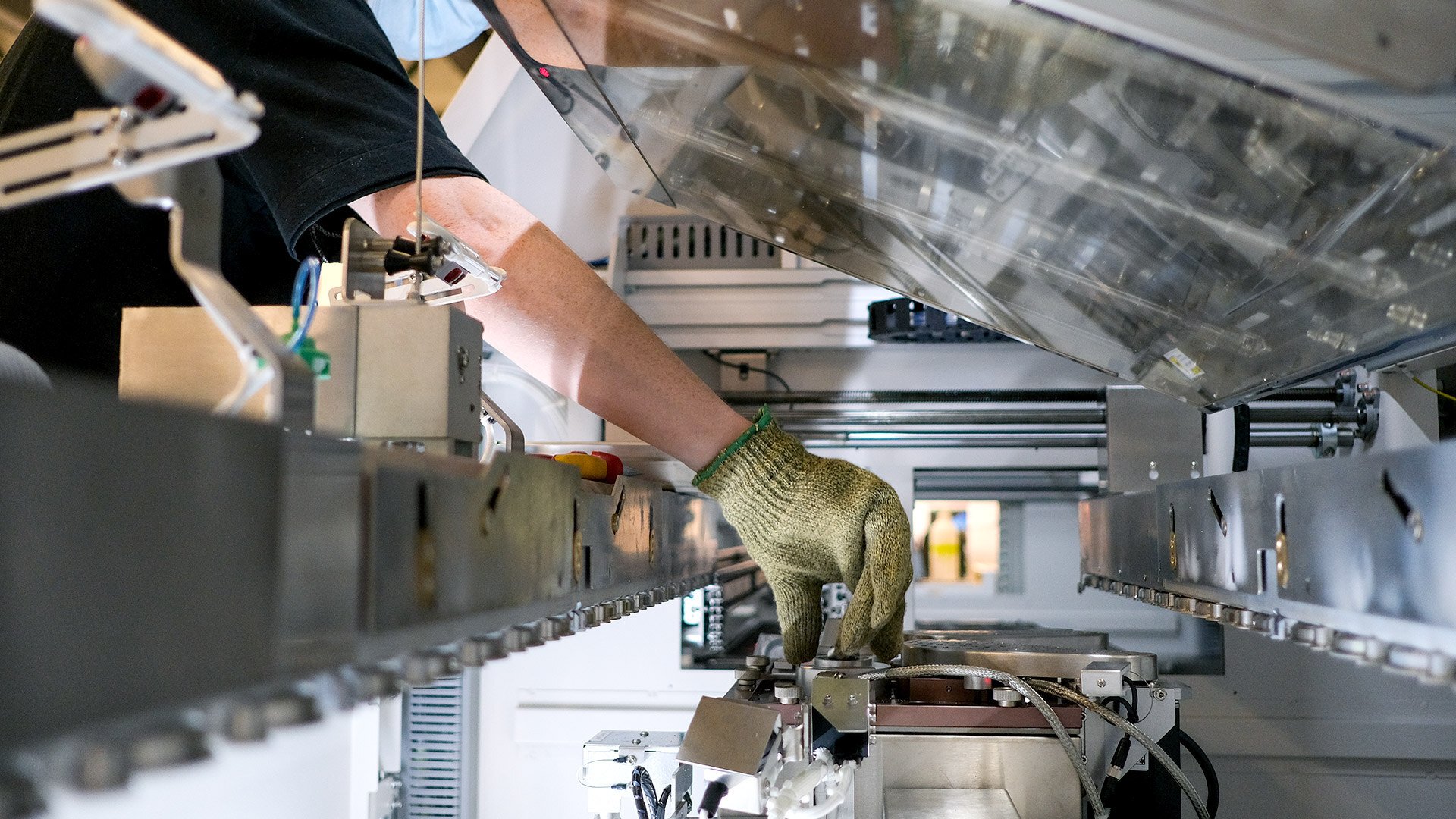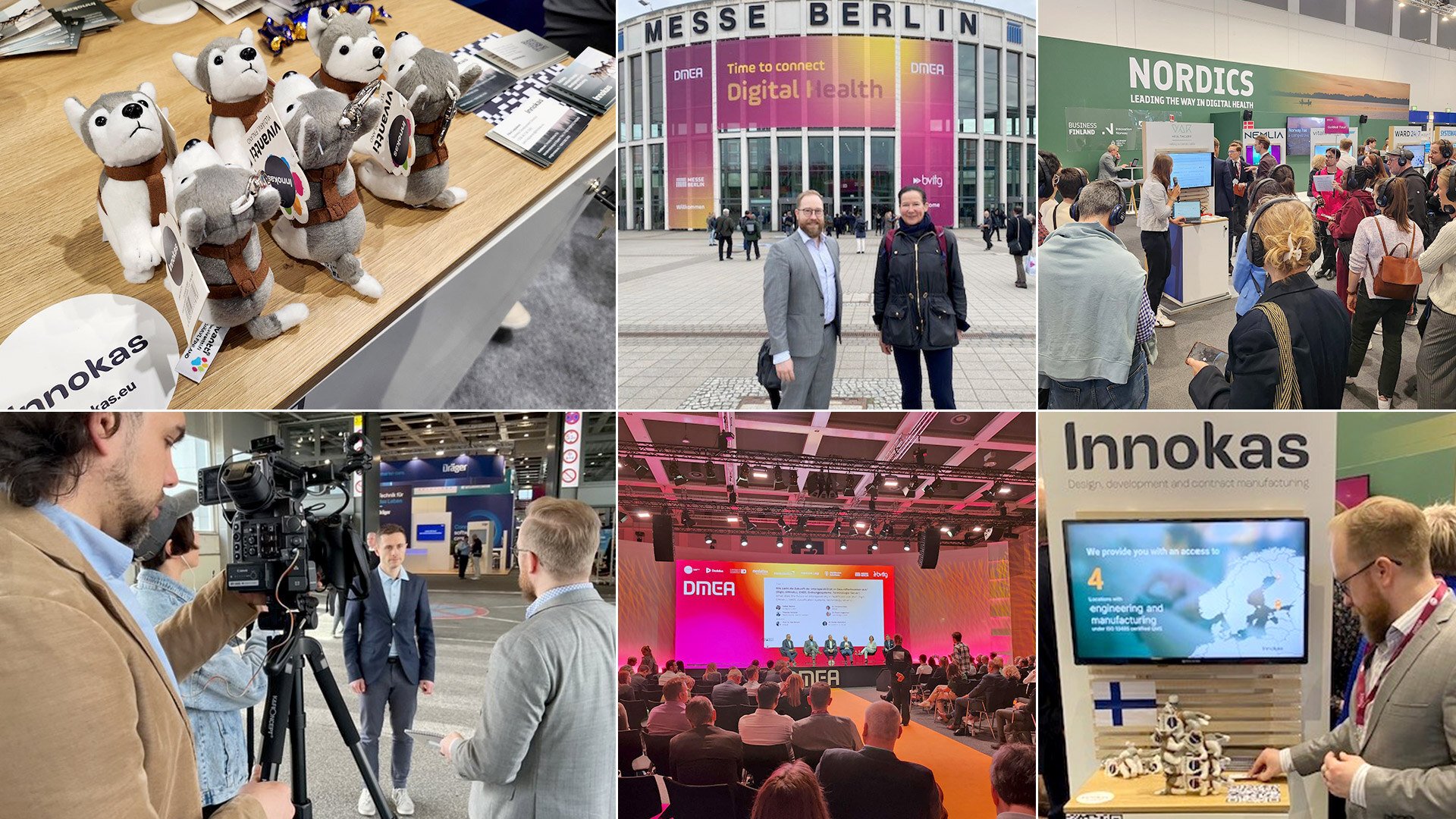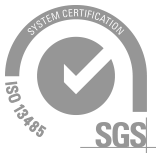A poorly managed medical device NPI (New Product Introduction) is an expensive one, so being prepared is a good start. Are you looking to improve your existing device with a new manufacturing partner? Would you like to be able to estimate possible hidden costs? Productization and NPI is the process of turning your design into a product that can be manufactured in volumes. When the product in question is a medical device, this step is imperative; all medical devices need to pass demanding regulations both in the productization phase itself and as a manufacturable product to be able to enter the market. Success in the market calls for successful NPI.
Our Project Manager Pasi Komulainen has extensive NPI experience and the hands-on work it involves, so he knows the process and many of the hidden costs that may come up unexpectedly to new MedTech companies. He gave a talk about this topic in Medicon Valley Alliance breakfast event as well.
Common challenges in productization and NPI
The first challenges usually come up already at the design phase. “Sometimes the design requires changes. Perhaps you are looking to improve aspects of your product, or your experienced partner might see an opportunity to improve the manufacturability of the design. Changes need time and resources and getting to them as early as possible saves costs”, says Pasi. When the changes are unexpected and come up late into the productization process, costs tend to rise significantly.
“New companies on the MedTech field might not realize that their design does not have mature integrity yet and move onto the productization phase prematurely. These designs will be slow and expensive as they require a lot of late changes. This problem can be avoided with collaboration between design and manufacturing, so that a new design will not get to the productization phase before it’s ready for it”, Pasi says when asked how to prevent late changes into the design.
Another often unexpected cost is with acquiring materials. You want to ensure that you can source quality materials and the supplier management process is clear, so you can guarantee the materials fulfill the strict requirements of medical devices. Seemingly affordable materials usually hide costs when quality deviations are found, and the manufacturing is set back.
New challenges have also arisen during recent years. “Logistics have become unpredictable. The costs and component prices are on the rise all the time. Cost estimate is established in the beginning of the project, but if the productization takes too long, the prices might have gone up before purchasing the components becomes relevant. That's why being efficient and having streamlined communication established between all the teams is critical”, Pasi says. “Sometimes time stretching is beyond anyone’s control, and in those cases, it helps to prepare and adjust for changing prices.”
Finally, a varied list of expertise is needed to bring productization to the end successfully, and many companies have their interests and expertise set in only one of few sections of responsibility.
“For example, companies might want to focus on the functionality of the medical device and optimizing that. To focus on that, outsourcing the needed expertise for other matters such as manufacturing is usually the best option”, Pasi gives an example. “Many companies also have interests in project management and have the resources for that specifically, but there is a long list of other expertise needed for successful productization, such as Quality and Regulations, Design competencies and Material project management. Innokas has built its expertise by years of carrying out diverse projects and our potential partner gets to focus on area of responsibility that they prefer.”
Partnering early benefits productization
Most of the challenges new MedTech companies might face with productization can be countered by partnering with an experienced one-stop shop that can offer all the expertise the new company might not have at that time. “Most time and money are saved when experienced partner is involved as early as possible. All the mistakes that could be made are preventable, so success is the matter of swiftly reacting to changes and collaborating”, Pasi says.
Companies who work with us appreciate our strong quality management and compliant operating model. Resuming production after design transfer is straightforward and we operate with an open book method that makes all the project costs transparent to our partner. We are interested to hear about a design or a product that you want to get through the productization phase.
This topic was first discussed in Medicon Valley Allience's Good Morning Meeting. Read more here: About MVA Good Morning Meetings and event policy











